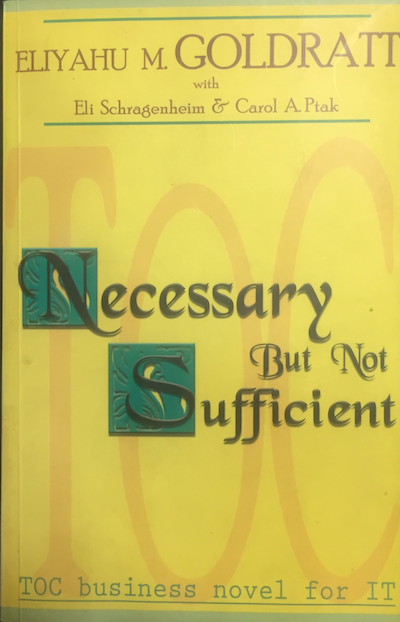SmartQA Digest
The sufficiency of test cases has always been an interesting challenge.The cliched notion of code coverage is sadly insufficient, being an unidimensional measure. “The smart coverage framework” outlines a refreshingly simple picture as a smart coverage framework.
In this edition of SmartBites are four snippets of brilliant advice from Sudhir, Zulfikar, Girish & Jawahar – “Have extreme ownership mindset”, “Focus on the big picture”, “Build with quality, not test after” and “Understand operating conditions & implementation to test well” as SmartAdvice #1.
Oh, in this week’s SmartBits, Srinivasan Desikan outlines “The evolution of dev” and what it means to testing.
beEnriched

The smart coverage framework
January 9, 2020
T Ashok @ash_thiru on Twitter Summary Coverage, an indicator of test effectiveness is really multidimensional and has not been dealt with rigour most often(excepting for
expandMind

Necessary but not Sufficient
January 10, 2020
I have been a great fan of Dr Goldratt having read all this books, my favourite being his first book “The Goal”. This book “Necessary but not Sufficient” is written as a “business novel” and shows the fictional application of the Theory of Constraints to Enterprise resource planning (ERP) and operations software and organizations using that software.


